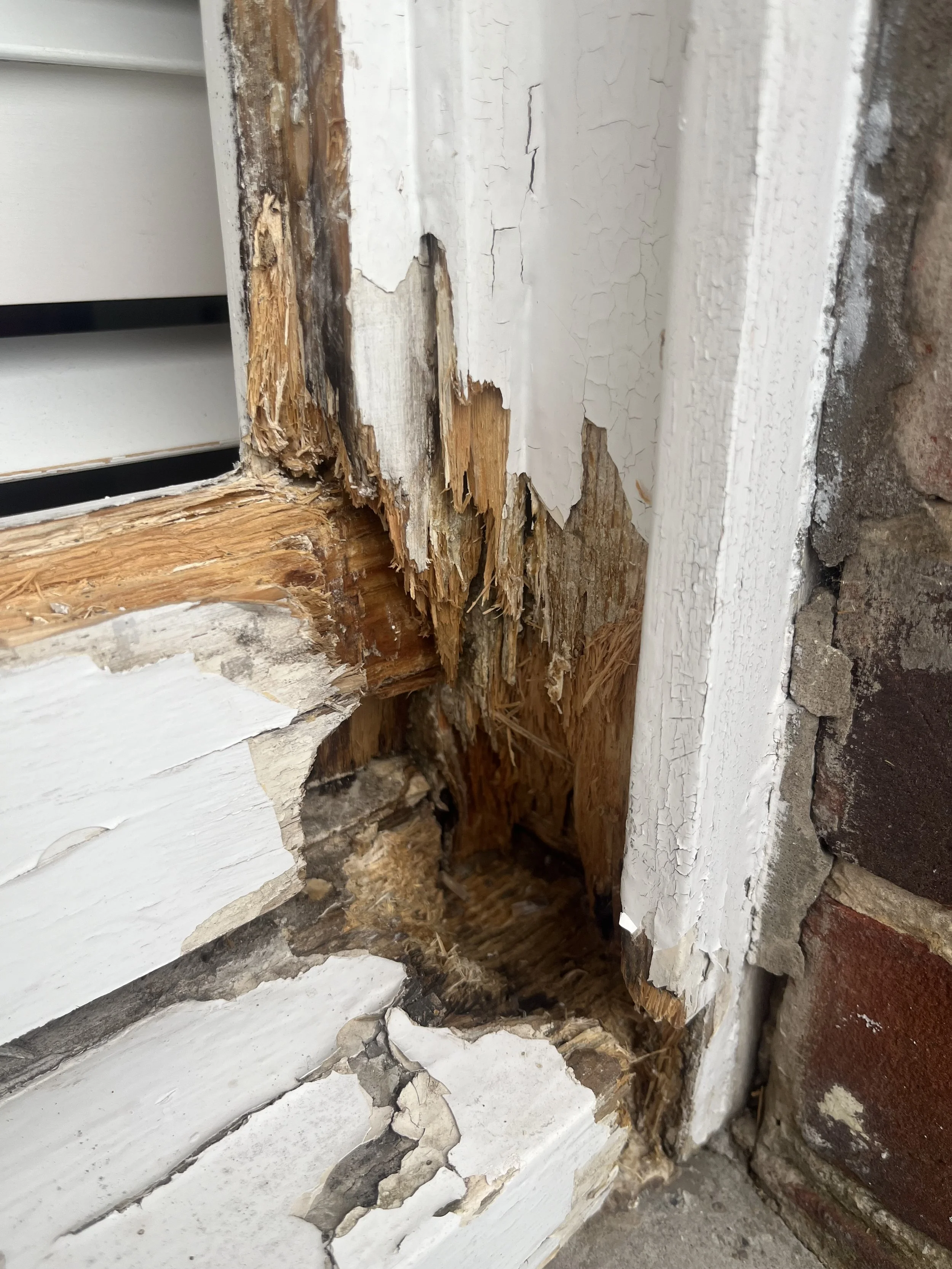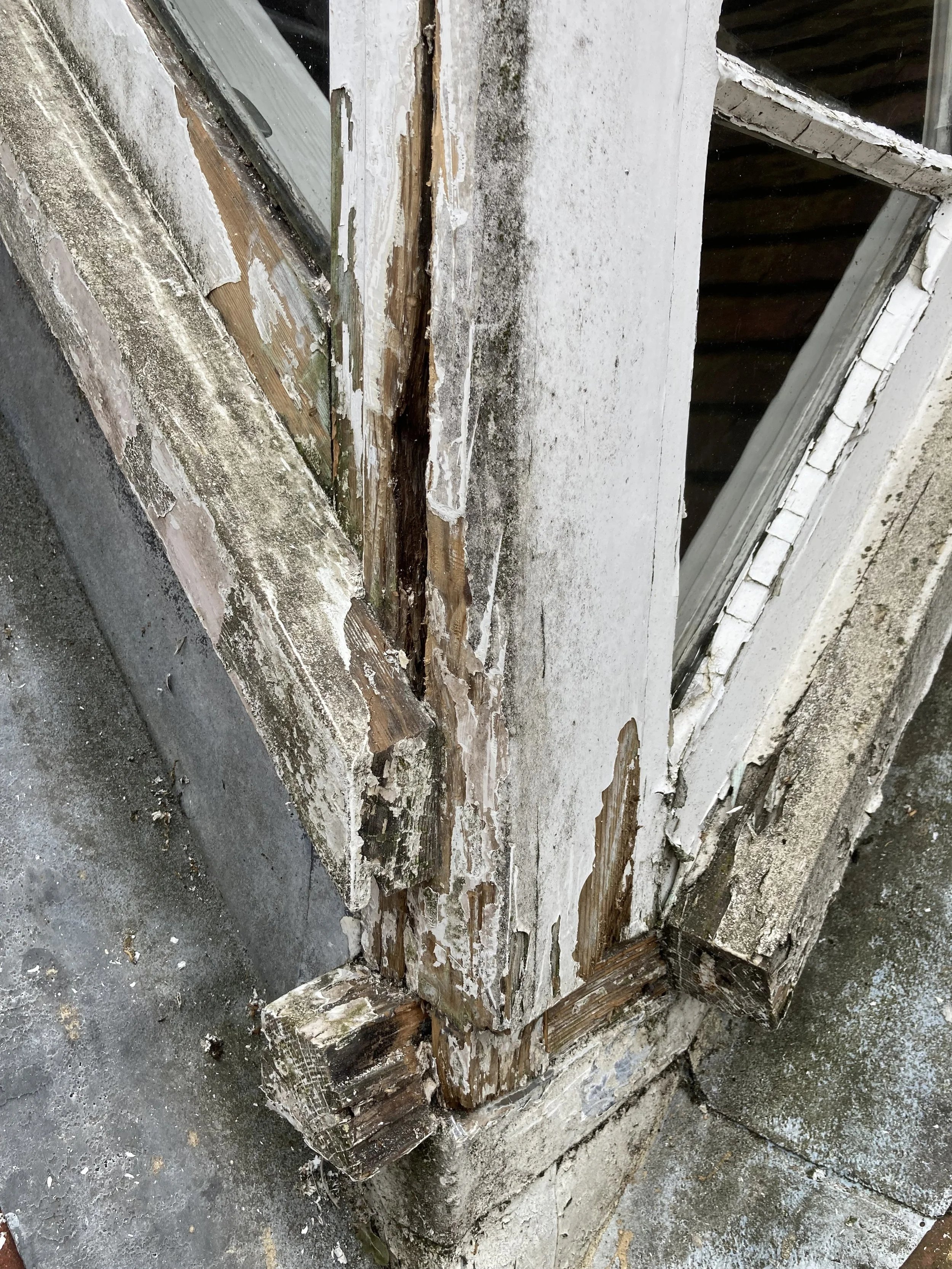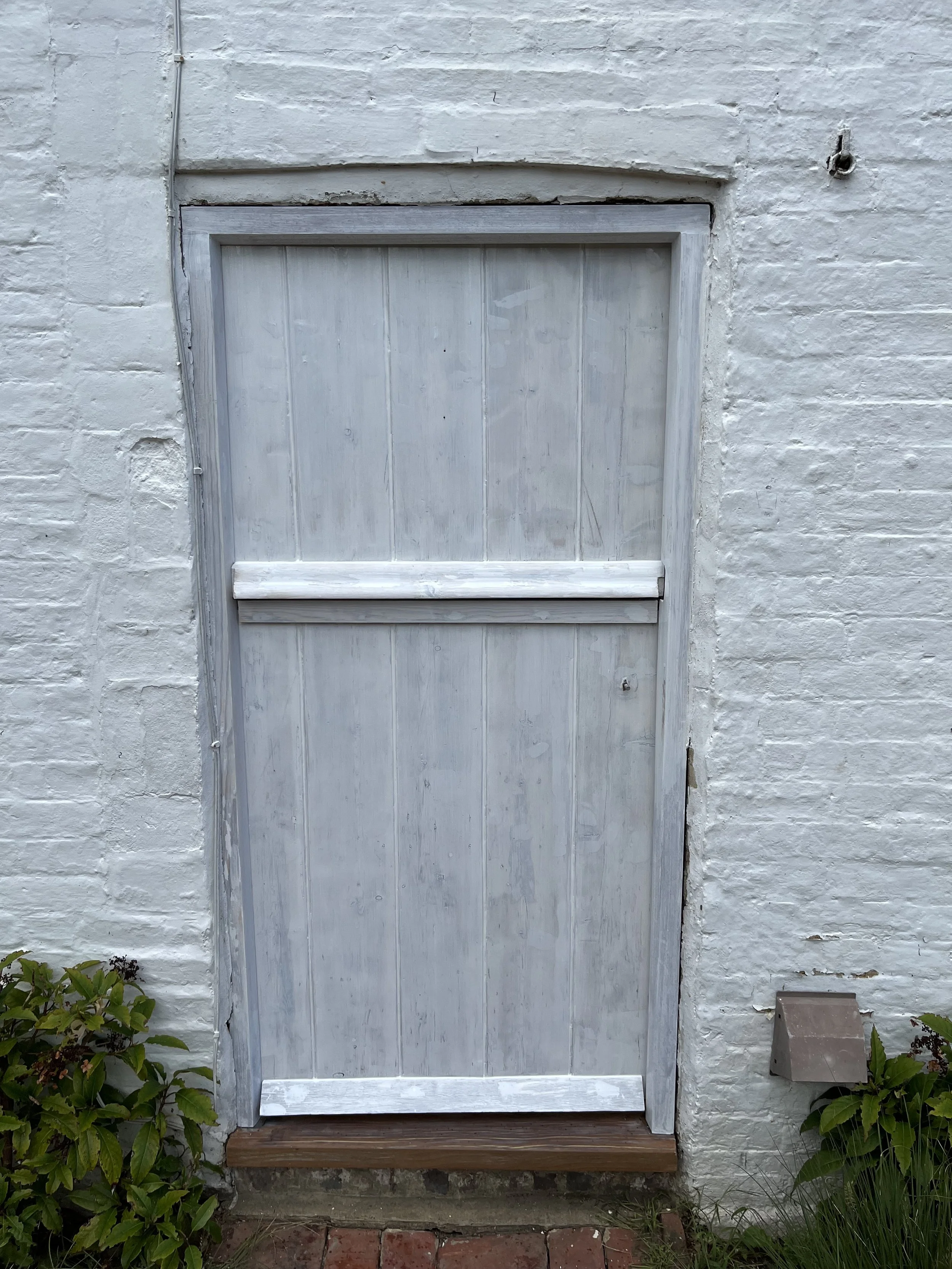
Heritage Properties
Heritage properties require knowledge about the materials used in their construction, why they were used and what protective or decorative finishes were applied to maintain them. Generally properties pre 1920 relied on good air transfer and breathability to stop damp issues or the deterioration of materials used. Post World War II saw the use of petrochemical paints and cement-based plasters and renders which aided the speed in rebuilding the country, but have no real place in buildings which pre-dated their use. Mainly as they act as a barrier to moisture, causing rotten wood, failing plaster/render and damp or mould problems.
Common mistakes made by trades lacking the knowledge needed, is to use materials/paints they have been led to believe are superior due to the technology now used in their composition, without understanding the issues that they can cause over a relatively short period of time when used on the wrong substrate.
Our specialist services include -
Window and joinery repairs
Repair Care resin contractor (approved for use by historic England)
Modern paint removal from external joinery and
linseed oil paint application
Restoration of period features, fixtures and fittings
Correct natural breathable paints used in historic and period properties.
Lincrusta approved installer
Spray finish and hand painting
Processes and materials
Unfortunately, if internal lime plaster or external lime render/clay brick has been painted using modern plastic paints with a high SD value (higher SD means less breathable), aiding their washability and durability but heavily impacting their breath-ability then there is not a lot that can be done to remove this, unless it is removed via a high pressure steam system, which is costly and time consuming. Often it is easier to remove the original plaster and re-apply new lime putty or render. But this is only required if damp is becoming a problem, and removes part of the history of the property.
In most cases it would be advised to re-paint in a breathable product, in doing so it would not be adding to the problem. These products would be from the likes of Keim, Ingilby, Rose of Jericho, Graphenstone or a traditional lime-wash.
For example, paints from Keim are made using silicate minerals and have an SD value as low as 0.01 along with the likes of a lime-wash, allowing water vapour to freely transfer through the coating, not trapping moisture in the fabric of the building and keeping a happy house.
Where windows, doors and other exterior woodwork has been painted in modern water or solvent based paints then its far easier to remove, all be it labour intensive. The common problem with these paints is they form a water impermeable layer over the wood. This is ok at protecting against the elements but because wood is a natural material and not as stable as a man-made one, it moves throughout the seasons absorbing and releasing moisture.
This movement creates cracks in the paint, and water gets in under the impermeable paint layer and it cannot escape, leading to the wood becoming saturated in water and decay sets in, rotting the wood under the surface. Which is why the beautifully made windows and doors that have lasted for decades and sometimes centuries are now being destroyed by modern paints. Obviously this depends greatly on how exposed the wood is, how often it is maintained and what products have been used for repairs.
In an ideal world the petrochemical plastic paints would be removed and period correct Linseed oil paint would then be used. This is a natural product, made from Linseed oil, and natural pigments. Linseed oil paint acts a bit like a Goretex™ jacket, shedding large water droplets that land on the surface, but letting water vapour to permeate through allowing any moisture to escape from the wood underneath and not permitting decay to set in, also it is much more flexible helping with the movement of the wood.
In the case where this is not viable due to a more conservative budget then modern paints can still be used, but in conjunction with Repair Care resins for repairs/wood splicing and filling, these resins remain flexible and once bonded to the wood create a very durable repair and last a lot longer (guaranteed for 10 years) than typical two part or water-based wood fillers.
What People Are Saying
“Diligent and thoughtful worker. Did exactly as described in the quote and provided excellent advice on materials used and aftercare.”
— Mr Andy Ashton
“Laurie’s quality of work is of the highest standard. He’s a perfectionist and his eye for detail and ensuring the best possible job is done is second to none.”
— Mr Tom Jackson
“Uber professional Uber skilled - my first choice when needling any painting and decorating work done in my home or business. Throughly recommend with enthusiasm.”
— Mrs Leigh
Follow us on Instagram to see our latest heritage property restoration and decorating work.























